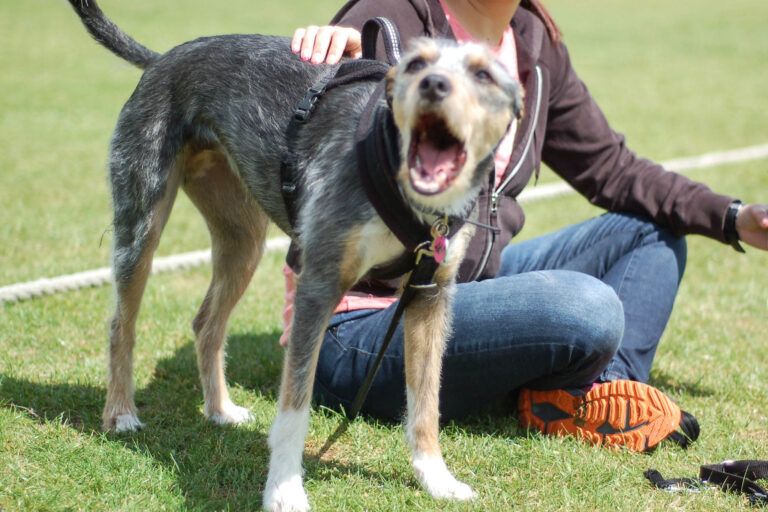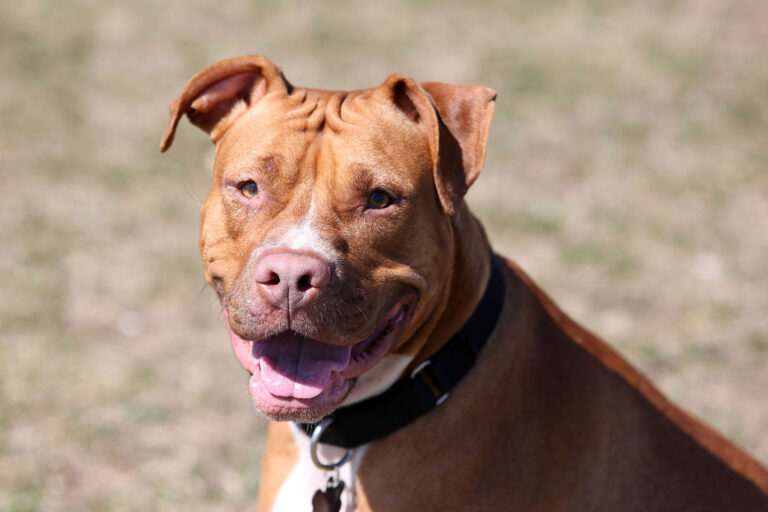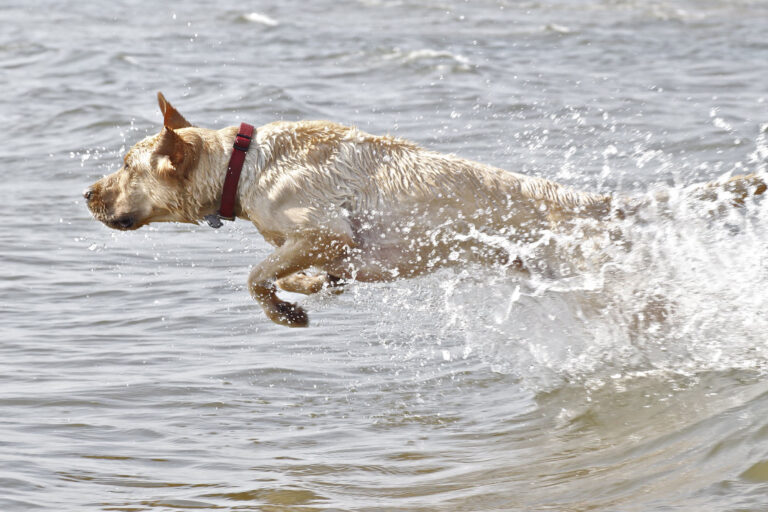The Power of the Bond: Service Dogs and the People They Serve

Service dogs are more than just pets; they are lifelines, companions, and heroes to the individuals they serve. These specially trained animals perform essential tasks, offering independence and improved quality of life for people with disabilities. In this article, we’ll delve into the powerful bond between service dogs and their handlers, exploring the roles they play, the training they undergo, and the profound impact they have on the lives they touch.
Understanding Service Dogs
Service dogs are highly trained to perform specific tasks that assist individuals with disabilities. These tasks range from guiding visually impaired individuals to alerting those with hearing impairments to sounds, and even detecting seizures or helping with mobility. The Americans with Disabilities Act (ADA) recognizes service dogs as working animals, not pets, underscoring their critical role in supporting their handlers’ daily lives.
The Journey of Training a Service Dog
The path to becoming a service dog is rigorous and meticulous. Training typically starts when the dog is a puppy, with socialization and basic obedience. As the dog matures, they undergo specialized training tailored to the needs of their future handler. This process can take up to two years and involves numerous stages, including:
1. Basic Obedience and Socialization
Early training focuses on basic commands and social behavior. Puppies are exposed to various environments, sounds, and people to ensure they remain calm and focused in different situations.
2. Specialized Task Training
Once the dog masters basic skills, they move on to learning specific tasks that will aid their future handler. For instance, a mobility assistance dog learns to retrieve items, open doors, and provide stability for someone with mobility impairments.
3. Public Access Training
Service dogs must navigate public spaces calmly and efficiently. They are trained to handle crowded places, different surfaces, and distractions without losing focus on their tasks.
The Bond Between Service Dogs and Their Handlers
The relationship between a service dog and their handler is profound and unique. This bond is built on trust, mutual dependence, and unwavering loyalty. Handlers often describe their service dogs as extensions of themselves, enabling them to lead fuller, more independent lives.
Real-Life Impact of Service Dogs
Service dogs significantly improve the quality of life for their handlers. For instance, a veteran with PTSD might find solace and confidence in the presence of their service dog, who is trained to interrupt anxiety attacks and provide grounding support. A child with autism may experience reduced anxiety and improved social interactions thanks to their service dog’s calming influence.
Frequently Asked Questions About Service Dogs
1. How Can Someone Qualify for a Service Dog?
Eligibility for a service dog typically requires a documented disability that significantly impacts daily life. Various organizations provide service dogs, each with their application process and criteria.
2. Can Any Dog Be Trained as a Service Dog?
Not all dogs are suited for service work. Ideal candidates are typically breeds known for their intelligence, temperament, and trainability, such as Labradors, Golden Retrievers, and German Shepherds.
3. What Rights Do Service Dog Handlers Have?
Under the ADA, service dog handlers have the right to be accompanied by their service dogs in most public places, including restaurants, stores, and public transportation. They are also protected from discrimination in housing and employment.
The bond between service dogs and the people they serve is a testament to the incredible potential of human-animal partnerships. These remarkable dogs provide more than just assistance; they offer companionship, security, and a bridge to greater independence. Understanding the depth of this relationship and the rigorous training involved in preparing these dogs underscores the invaluable role they play in enhancing the lives of those they serve.

Dr. Carolyn Stafford’s route to veterinary medicine demonstrates her steadfast commitment and enthusiasm for furthering the science of anatomic pathology.
Subscribe my Newsletter for new blog posts. Stay updated from your inbox!









